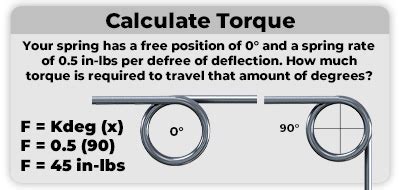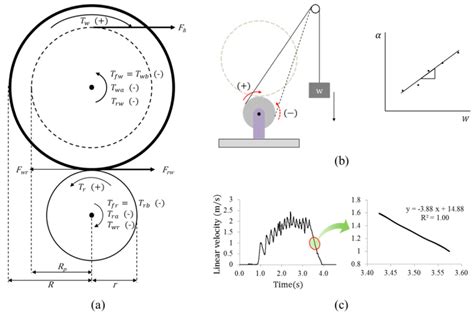The concept of torque is a fundamental principle in physics and engineering, particularly in the fields of mechanics and rotational motion. Torque is a measure of the rotational force that causes an object to rotate or turn. It is a crucial factor in understanding the behavior of rotating systems, such as engines, gears, and other mechanical devices. In this article, we will delve into the world of torque calculation, exploring the key concepts, formulas, and techniques used to determine the torque of a rotating system.
Key Points
- The formula for calculating torque is τ = r x F, where τ is the torque, r is the radius of rotation, and F is the force applied.
- Torque is measured in units of Newton-meters (N·m) or pound-feet (lb·ft).
- The direction of torque is determined by the right-hand rule, which states that if you point your thumb in the direction of the force and your fingers in the direction of the rotation, your palm will face the direction of the torque.
- Torque can be calculated using various methods, including the use of levers, pulleys, and gears.
- Understanding torque is essential in designing and optimizing mechanical systems, such as engines, gearboxes, and braking systems.
Understanding the Basics of Torque Calculation

To calculate torque, we need to understand the basic principles of rotational motion and the factors that affect the torque of a system. The formula for calculating torque is τ = r x F, where τ is the torque, r is the radius of rotation, and F is the force applied. The unit of torque is typically measured in Newton-meters (N·m) or pound-feet (lb·ft). The direction of torque is determined by the right-hand rule, which states that if you point your thumb in the direction of the force and your fingers in the direction of the rotation, your palm will face the direction of the torque.
Calculating Torque Using the Lever Method
One common method for calculating torque is the lever method, which involves using a lever to apply a force to a rotating system. The torque of the system can be calculated using the formula τ = r x F, where r is the length of the lever and F is the force applied. For example, if we have a lever with a length of 2 meters and a force of 100 Newtons is applied to the end of the lever, the torque of the system would be τ = 2 x 100 = 200 N·m.
| Method | Formula | Example |
|---|---|---|
| Lever Method | τ = r x F | τ = 2 x 100 = 200 N·m |
| Pulley Method | τ = r x F x sin(θ) | τ = 1 x 50 x sin(30°) = 25 N·m |
| Gear Method | τ = r x F x (gear ratio) | τ = 1 x 50 x (2:1) = 100 N·m |

Real-World Applications of Torque Calculation

Torque calculation has numerous real-world applications in various fields, including engineering, physics, and mechanics. Understanding torque is essential in designing and optimizing mechanical systems, such as engines, gearboxes, and braking systems. For example, in the automotive industry, torque calculation is used to determine the torque output of an engine, which affects the vehicle’s performance and fuel efficiency. In the aerospace industry, torque calculation is used to design and optimize the propulsion systems of aircraft and spacecraft.
Common Challenges in Torque Calculation
Despite the importance of torque calculation, there are common challenges that engineers and physicists face when calculating torque. One of the primary challenges is determining the direction of the torque, which can be complex in systems with multiple rotating components. Another challenge is accounting for the effects of friction and other external forces on the torque of a system. To overcome these challenges, engineers and physicists use various techniques, including computer simulations, experimental testing, and analytical modeling.
What is the unit of torque?
+The unit of torque is typically measured in Newton-meters (N·m) or pound-feet (lb·ft).
How is torque calculated?
+Torque is calculated using the formula τ = r x F, where τ is the torque, r is the radius of rotation, and F is the force applied.
What is the importance of torque calculation in engineering?
+Torque calculation is essential in designing and optimizing mechanical systems, such as engines, gearboxes, and braking systems. It helps engineers and physicists understand the behavior of rotating systems and make informed decisions about system design and performance.
In conclusion, calculating torque is a critical aspect of understanding the behavior of rotating systems. By understanding the basics of torque calculation, including the formula τ = r x F and the right-hand rule, engineers and physicists can design and optimize mechanical systems to achieve optimal performance and efficiency. Whether in the automotive, aerospace, or other industries, torque calculation plays a vital role in ensuring the safety, reliability, and performance of rotating systems.


